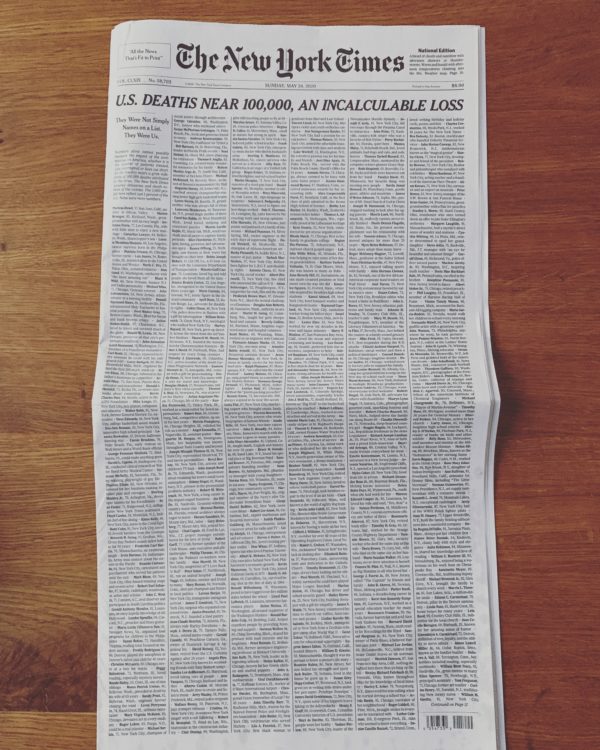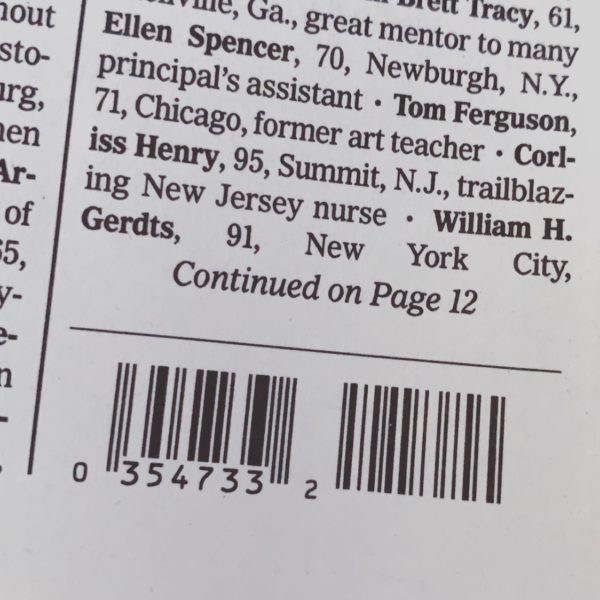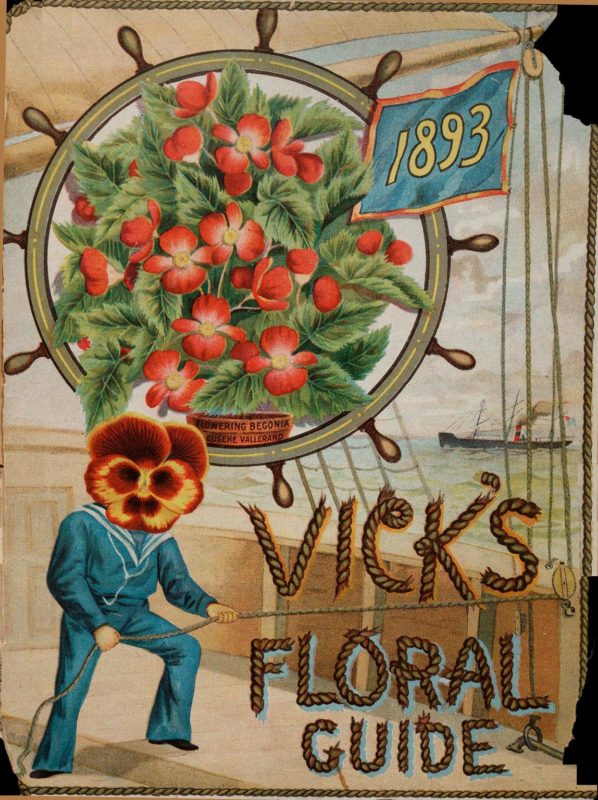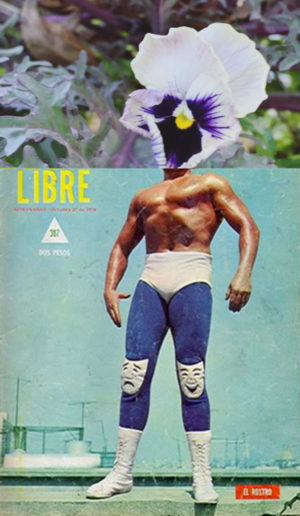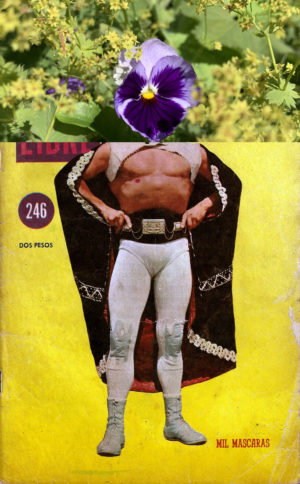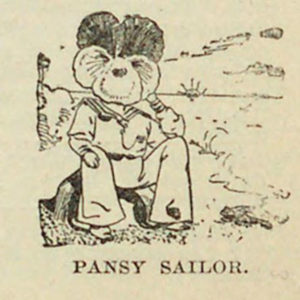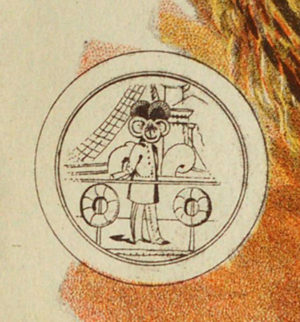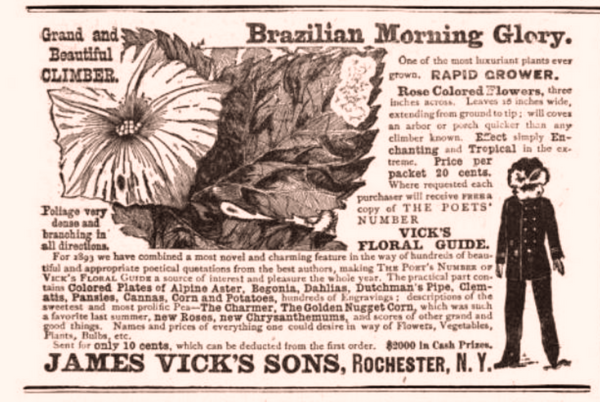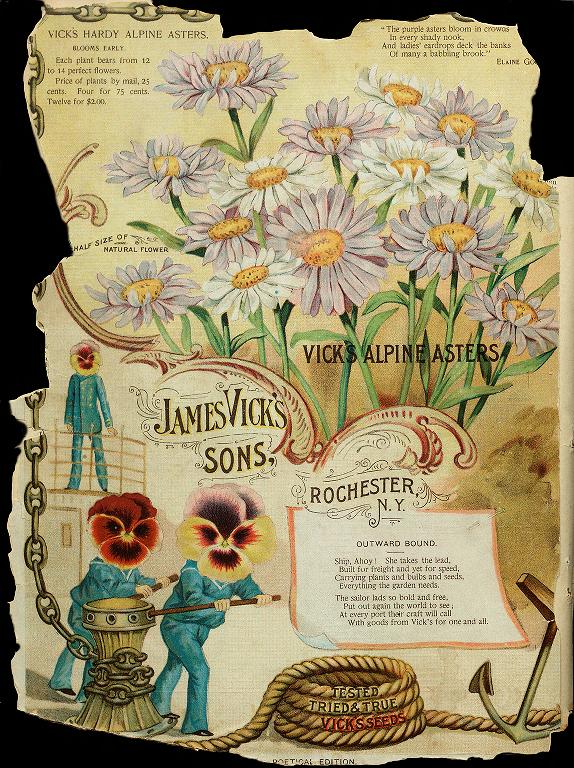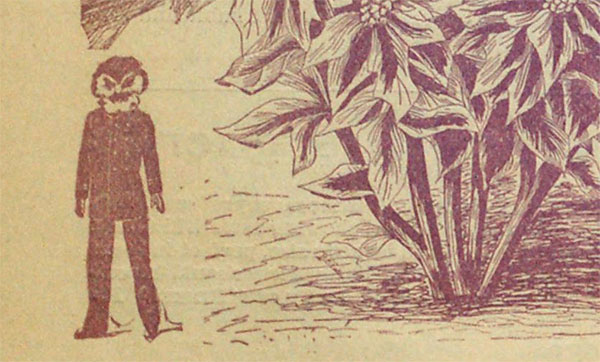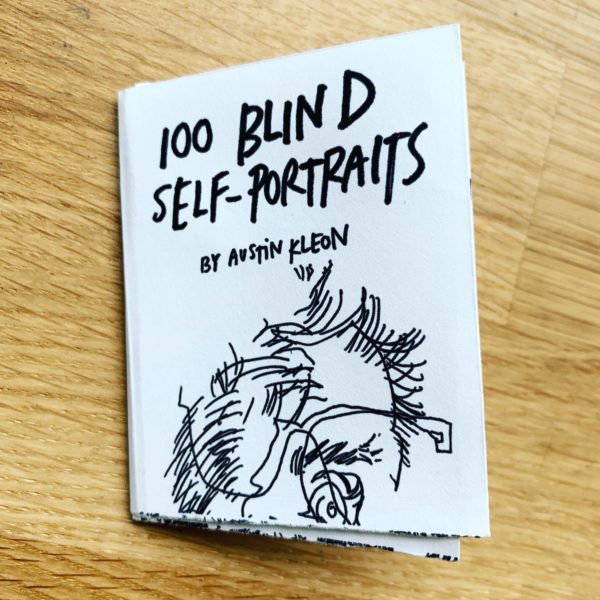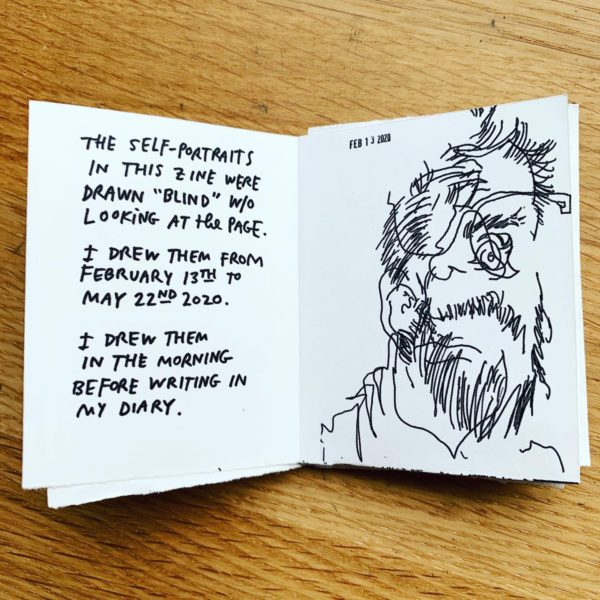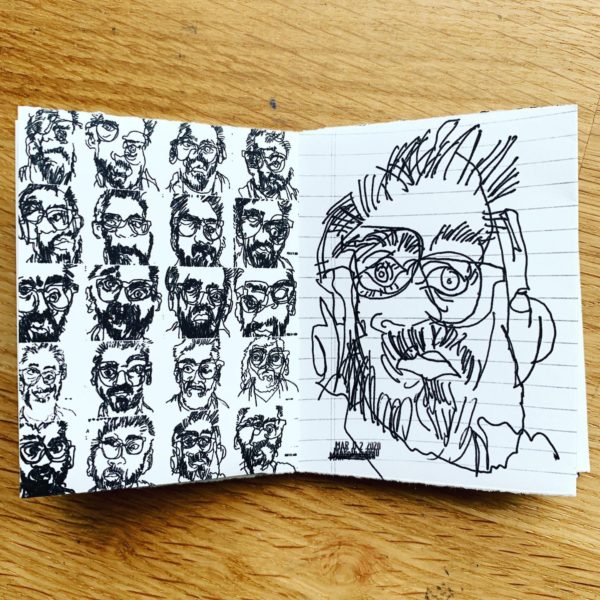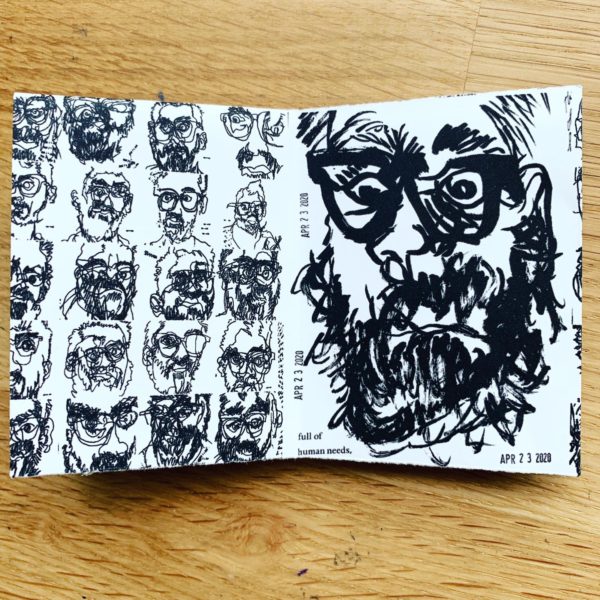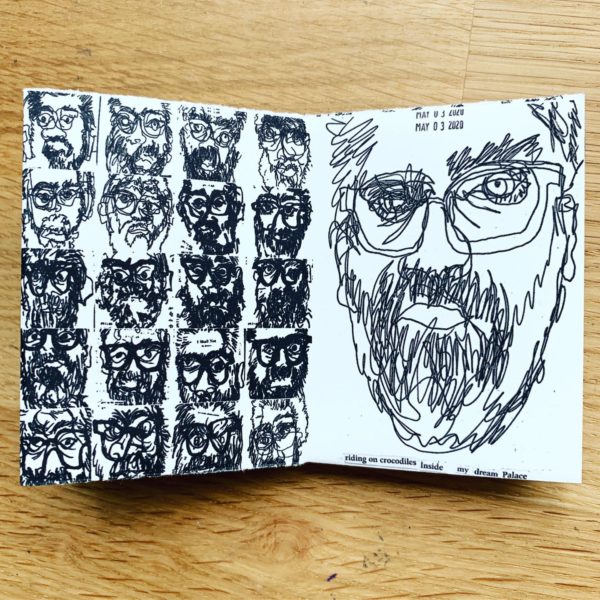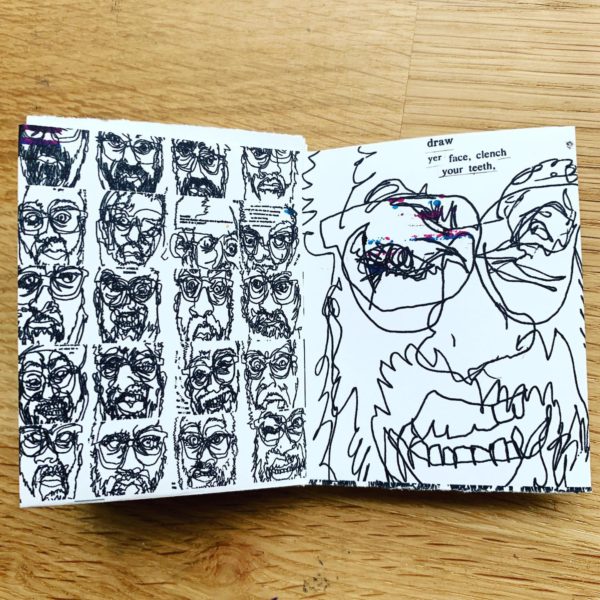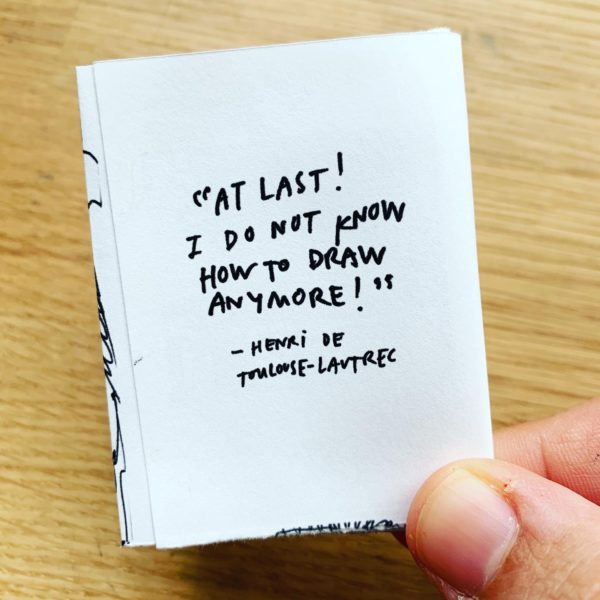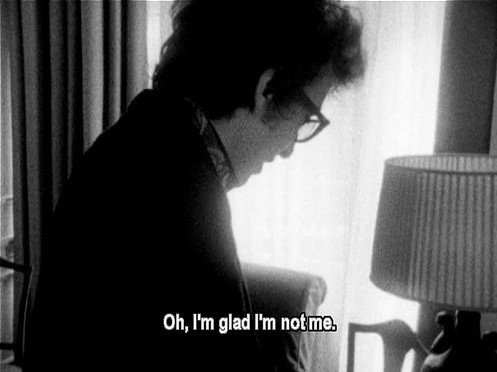
“I will learn from everyone and be no one’s disciple.”
—Ralph Waldo Emerson
It was Bob Dylan’s 79th birthday this week and I came across this clip of Allen Ginsberg talking about how he wept when he first heard Dylan:
https://twitter.com/coenesqued/status/1264600238578270209
Ginsberg is paying a compliment. A lovely thing, passing the torch and all that, and their admiration was certainly mutual.
But something Ginsberg said bugs me: “If the student is not better than the teacher, the teacher is a failure.”
I think it takes too much agency away from the student.
Dylan studied. Hard. He read and listened and sponged up and stole all he could. Oh, did he and does he steal.
Steal a little and they throw you in jail. Steal a lot and they make you a king…
Every couple of years somebody will track down some old folk song that Dylan’s ripped off and make a big stink about it, as if he hasn’t been telling us for years that’s exactly how he works. (The man named an album Love and Theft!)
In his 2015 Grammys speech, he said:
For three or four years all I listened to were folk standards. I went to sleep singing folk songs. I sang them everywhere, clubs, parties, bars, coffeehouses, fields, festivals. And I met other singers along the way who did the same thing and we just learned songs from each other. I could learn one song and sing it next in an hour if I’d heard it just once…. If you sang “John Henry” as many times as me… If you had sung that song as many times as I did, you’d have written “How many roads must a man walk down?” too.
He elaborates that songwriting is a meditative process of playing a song over and over until it deranges itself into a new song, almost like the way you can look at a word long enough you can’t recognize it:
“What happens is, I’ll take a song I know and simply start playing it in my head. That’s the way I meditate. A lot of people will look at a crack on the wall and meditate, or count sheep or angels or money or something, and it’s a proven fact that it’ll help them relax. I don’t meditate on any of that stuff. I meditate on a song.
“I’ll be playing Bob Nolan’s ‘Tumbling Tumbleweeds,’ for instance, in my head constantly — while I’m driving a car or talking to a person or sitting around or whatever. People will think they are talking to me and I’m talking back, but I’m not. I’m listening to the song in my head. At a certain point, some of the words will change and I’ll start writing a song.”
(He then claims to have written “Blowin’ in the Wind” in ten minutes. You gotta be careful about believing too much what artists say about their work.)

If there’s an original thought out there, I could use it right now.
Dylan’s not just stealing from other songs, he’s stealing from everything around him.
Joni Mitchell tells this story:
[Bob] Dylan said to me at one point that he, you know, he couldn’t write anymore, and I said, “Oh, what about this and what about that?” And he said, “Oh, the box wrote it.” I said, “What do you mean ‘the box’?” He said, “I write down things from movies and things I’ve heard people say and I throw them in the box.” I said, “I don’t care where you got your bits and pieces; you still put them all together.”
Take what you have gathered from coincidence.
He’s emphasized over the years his role as a student, and a student who goes deep, who “swims upstream”:
It’s only natural to pattern yourself after someone. If I wanted to be a painter, I might think about trying to be like Van Gogh, or if I was an actor, act like Laurence Olivier. If I was an architect, there’s Frank Gehry. But you can’t just copy somebody. If you like someone’s work, the important thing is to be exposed to everything that person has been exposed to. Anyone who wants to be a songwriter should listen to as much folk music as they can, study the form and structure of stuff that has been around for 100 years.
Dylan learned from all these giants who came before him, including Ginsberg, but did they teach him anything? The whole grammar of influence seems to me to be inadequate. If you say Dylan is “influenced by” Ginsberg, it makes it sound like Ginsberg was the one doing the work!
There’s one other problem with “if the student is not better than the teacher the teacher is a failure”: it assumes that art is always progressing and getting better. I don’t think it does. I think it goes through revolutions and seasons and certain things go in and out of orbit. (It can also devolve.)
But let’s end on a lighter note: Ginsberg may have wept when he first heard Dylan, but when he first heard “I Want to Hold Your Hand” it’s said he jumped up and danced around the room. Look how that fella could dance!
Blast Dylan and dance like Ginsberg pic.twitter.com/BE6G004EGl
— Austin Kleon (@austinkleon) June 28, 2019
